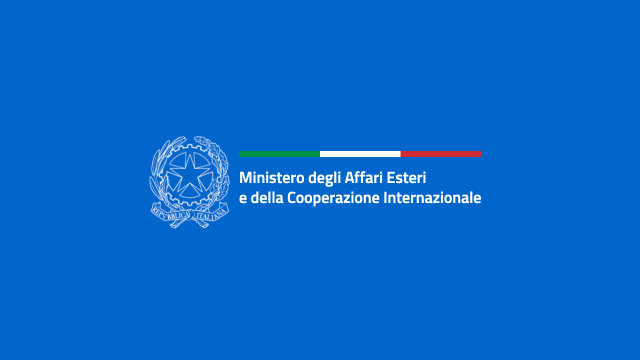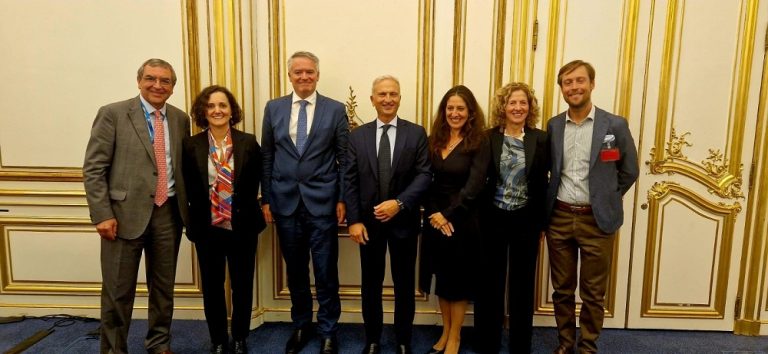Italian design reaffirms its leadership in Europe in terms of turnover and employment. According to the Design Economy 2025 research curated by Fondazione Symbola and other partners, Italy generates 19.8% of the European turnover of the sector (EUR 6.3 billion) and employs 19.8% of workers, ahead of Germany (18.9% of turnover and 15.1% of workers) and France (12.8% and 15.6%, respectively).
Growth, however, is slowing down: while between the last few years and 2023, Italian turnover increased by 4.6% and employment by 5.2%, below the EU average (+5.5% and +5.4%, respectively), France and Germany are running faster, with a 24.2% increase in employment and 15.4% in turnover, respectively. Italy ranks second in terms of number of companies (16.4%) after France (21%), but records a 1.9% decrease, unlike Germany and France, which grow by 3.2% and 5.7%, respectively.
Even in terms of average productivity, Italy is being surpassed: Spain boasts the highest turnover per employee in Europe (EUR 148,645), well above the EU average (EUR 90,355) and the Italian average (90,658 euros). Italian companies are smaller: on average 1.5 employees per company, compared to 2 in Germany and 2.4 in Spain. Data that reflects a fragmented production structure and raise questions about the need to increase the size of companies to strengthen them.
Despite these problems, Italy retains a strategic strength: the deep integration between design and Made in Italy, with particular relevance in the furniture, fashion and mechanical sectors. This synergy between cultural identity and industrial design is a distinctive asset on the global scene.
Another area where competitiveness is at stake is artificial intelligence (AI). Today, 80% of Italian design operators use AI tools, with peaks of 88.9% among companies. The most mentioned advantages are the following: reducing project development times (72.2%); minimizing errors (42.5%) and support in the creative phase (38.2%). France and Germany, however, are investing more intensively, making technology adoption a possible overtaking ground.
The sector has a total of 46,000 operators including companies, freelancers and self-employed workers, who generate a value added of EUR 3.2 billion euros (+4%) and employ 63,485 people. The territorial distribution highlights strong concentrations: Lombardy is the leading region with around 14,000 businesses (a third of the national total), 1.1 billion in value added (32.8%) and 17,500 employees (27.5%). Milan, the symbolic capital of Italian design and home to global events such as the Salone del Mobile, alone records EUR 604 million in value added, equal to 18.6% of the national total. Behind Milan are Turin (227.4 million), Rome (175.3) and Bologna (112.3). Other provinces stand out for their post-Covid growth, such as Reggio Emilia (+22.9%), Verona (+13.7%) and Venice (+13.5%). The Marche region, despite having lower numbers in absolute terms, stands out for the higher incidence of designers on the total regional employment (0.40%).
The application of design is also changing, increasingly relevant in the healthcare and pharmaceutical sector. Today, 9.4% of design services concern healthcare, destined to rise to 9.7% within three years. Design contributes to the creation of more functional hospital environments, ergonomic medical devices and intuitive digital interfaces, with a growing focus on environmental sustainability: 4.9% of requests in the sector already concern eco-design.
Packaging is also a central area: over a third of operators and more than half of designers work there. 83.2% use paper or mainly paper-based materials. The use of bio-based materials is destined to rise from 17.8% to 38.3% in three years, while plastic (14.9%) and glass (13.9%) are decreasing. The QR Code is already widespread (50.5%), and a strong growth of immersive technologies such as augmented and mixed reality is expected, from 6.9% to the foreseen 21.7%.
With specific reference to training, the Italian system is evolving to respond to an increasingly diversified market. In the 2023/2024 academic year, the institutes offering design courses rose to 97 (+2%), with 371 courses activated (+9%). New professional figures are emerging such as the designer for AI, the prompt designer and the digital content strategist, while universities are orienting their supply of courses towards themes related to sustainability and social innovation.








